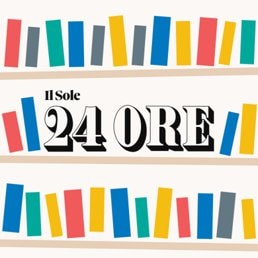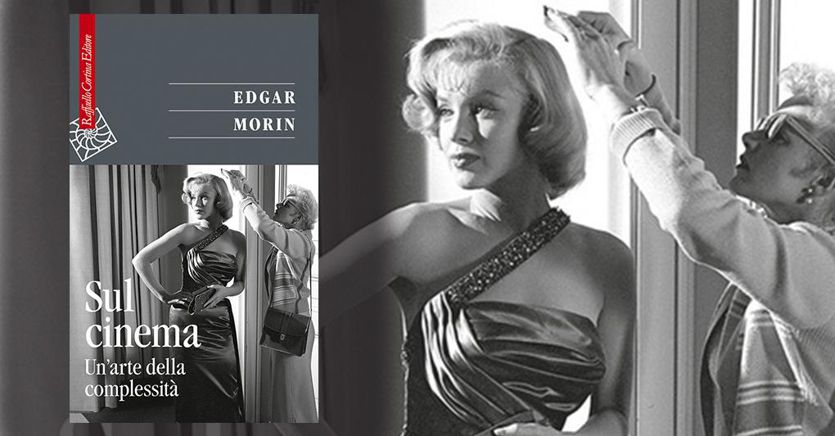For most, the contribution to Edgar Morin’s studies on cinema can be traced back to two fundamental volumes that appeared, one after the other, just beyond the mid-1950s: The cinema or the imaginary man (1956) and The stars (1957). Even today, these are unavoidable reflections and remarkable modernity (it is no coincidence that both books have been re-edited in recent years), which Morin articulates on the basis of the teachings of Georges Friedmann, his teacher and pioneer of studies on “technical environments” , made of machines that reconfigure the thinking and behavior of individuals.
International Journal of Filmology
Cinema is part of those environments, it represents an example of extreme sophistication, and holds and releases what Morin will call the “spirit-machine” of the twentieth century, made at the same time of precision and dream, of science and magic, of technique and metaphysics. Among the pages of the best-known cinematographic Morin, the lesson of the Revue Internationale de Filmologie echoes, that is of that ambitious cultural project promoted by Gilbert Cohen-Séat according to which cinema could only be understood by bringing together psychologists, linguists, anthropologists around the same program. , psychoanalysts, neurophysiologists, perceptologists, pedagogues, phenomenologists, historians of the arts. The young Morin was one of the contributors to the Revue, which undoubtedly incubated some of his keenest readings of the cinematographic phenomenon and which put him in direct contact with the “complexity” of the seventh art.
Loading…
But alongside this methodologically safe component, we can sense that Morin’s gaze on cinema is first and foremost the gaze of an assiduous and attentive spectator, interested in cinema in all its forms and eager to experience its rite and mechanism, the human part. and the technical part – it is no coincidence that at the beginning of the 1960s, together with Jean Rouch, he made a film like Chronique d’un été, long used as a model to explain the very idea of ”cinéma-vérité”.
The long-awaited Italian edition of this anthology of Morinian writings on cinema (edited for Raffaello Cortina by Chiara Simonigh, already co-curator of the original French edition together with Monique Peyrière) allows not only to have confirmation of the complex path of the idea cinema of the anthropologist, but even more to rediscover its critical spirit, which ranges from French to Italian cinema, from the East as seen from Hollywood to the theme of violence in Ejzenstejn, to the relationships between cinema and theater, cinema and literature and written on cinema-truth. In short, alongside the researcher concerned with setting up a new method of studying cinema (“integrating cinema into non-fiction”) and developing what he calls “a multidimensional and multifaceted approach”, Morin relives, at times more casual. and joyful in writing, able to move between registers and different categories, as if he were back in his early twenties, when on “Action”, in November 1944, he reviewed René Clair’s I married a witch, writing that commercial cinema is always needed , need “a joker and good-natured companion who comes to meet us from afar.”

From the early 1950s to the early 1960s
As Monique Peyrière observes in the editorial note, the search for the writings on cinema that Morin has disseminated over the years in various locations, or which he has kept unpublished among his papers, has taken on a detective plot that has led the curators around various institutes, French libraries and research centers, in some cases indicated by Morin himself, in others pursued without his help. The time span of these writings covers a period of about a decade, from the early fifties to the early sixties of the twentieth century and the venues that see Morin’s presence more insistent and organized are the Revue Internationale de Filmologie, where they express themselves above all his field research and more methodical ones, and the magazine La Nef (acronym of Nouvelle équipe française, founded in 1943 by Raymond Aron and Lucie Faure), where the articles most related to films, authors and cinematographies appear. The biggest surprise, however, came from the Center Edgar Morin, where unpublished texts of various kinds were found inside a voluminous container for a long time: on cinema, but also on theater, literature and the media. Some of these writings have even been recognized by Morin himself as drafts of the second and never made tome of The Cinema or the Imaginary Man, while others are now at the center of new studies leading to a special critical edition. On cinema he presents two of these unpublished: the first dedicated to the condition of French cinema in 1962, a historical analysis of the phases of crisis and rebirth of French cinema, with particular attention to the Nouvelle Vague, cinema-truth and cinema of editing, without neglecting the socio-economic data that has always been dear to Morin’s cinematographic method. The other unpublished, entitled Come vivi ?, is made up of “raw documents”, as the authors define them, relating to the film Chronique d’un été (whose working title was, in fact, Comment vis-tu? Un essai d ‘ ethnologie parisienne) and represent a precious opportunity to observe from the inside the making of this complex filmic device. One comes out with the ever deeper conviction that films are truly “complex crystallizations of social reality and social imaginary” and therefore machines inside which we repeatedly seek contact with reality, manifesting the need to escape from it. The new anthropology of cinema, wherever it intends to go, certainly still needs Edgar Morin.
